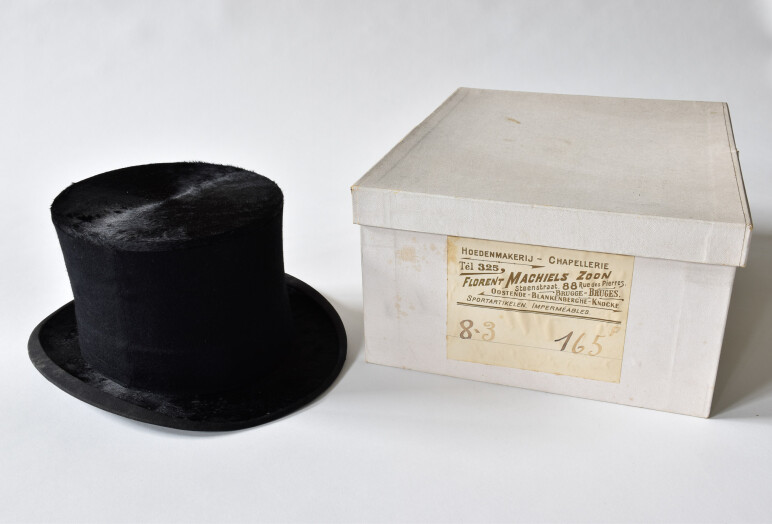Close
Currently, about 16,800 objects are registered in the Adlib collection registration system. Leading up to the relocation to the Erfgoedfabriek, the Collection department has started work on the registration backlog of the folk collection. Each object is cleaned or dusted, briefly described in Adlib, photographed, labelled and packed. The curators were able to rely on the help of museum assistants and, more recently, volunteers from the Friends of Musea Brugge.
This accelerated registration will provide a better picture of the composition and strengths of the folk collection. An important sub-collection is the collection of 'artisanal crafts': finished products, raw materials and tools originating from traditional workshops in Bruges and its vicinity. The former curator of the Folk Museum, Willy Dezutter (1973 - 2007), carried out an active collection policy in this area.
Whenever an old Bruges artisanal craft workshop ceased operations, he tried to purchase its entire contents. This way, the entire craft process is documented. As curator Dezutter stated, "The blacksmith's apron is just as important to the museum as the beautiful anvil." And so the inventory of a shoemaker, musical instrument factory, blacksmith's workshop, pharmacy, sweetshop, printer and three milliners all came to be in the folk collection of Musea Brugge.
In the meantime, we also began the registration of the hat and hat mould collection. The hats and moulds originate from three hat factories in Bruges: J. and A. Hellebaut-Bassens, Florent Machiels and 'Nella' Cornelia Vertriest. The exuberant variety of hat shapes, materials and decorations testifies to a fashion phenomenon that was once ubiquitous in the street scene.
"It's the hat that does it," sang the Bruges cabaret artist Willy Lustenhouwer. Up until the 1960s, everyone wore a hat or some other form of headwear. The type you wore revealed a great deal about your social status. A minister, director, mayor or doctor wore a top hat. This literally showed that they felt elevated above the common folk. And the common folk wore caps; hence the expression 'Jan with the cap'. There was more variety in ladies' hats, which were much more fashion-sensitive. With a hat, a lady of standing could express her unique style and personality.
To make this great variety of hats, each milliner had a wide range of wooden hat moulds (or hat blocks), all cut, carved and polished by skilled woodworkers. More than 150 hat moulds have survived in the folk collection. Some hat moulds served only to shape the crown (the part of the hat covering the skull) or the brim, while others are ensembles with crown and brim. The hat material (wool felt, fur felt, straw) was first steamed and then pulled over the wooden mould to dry. The fibres then took on the shape of the hat crown or brim.
Today, hats have largely disappeared from the street scene. For the youth of the 1960s, the hat, which emphasised social class differences, was a symbol of conservatism and rigidity. They expressed their identity mainly with exuberant hairstyles (pompadour, quiff, beehive, long hair, etc.), which headwear would only ruin. The hat has had an occasional revival, but the days when everyone wore a hat are long gone. And you have to admit, walking around today with a top hat just looks silly, unless you are a magician!



